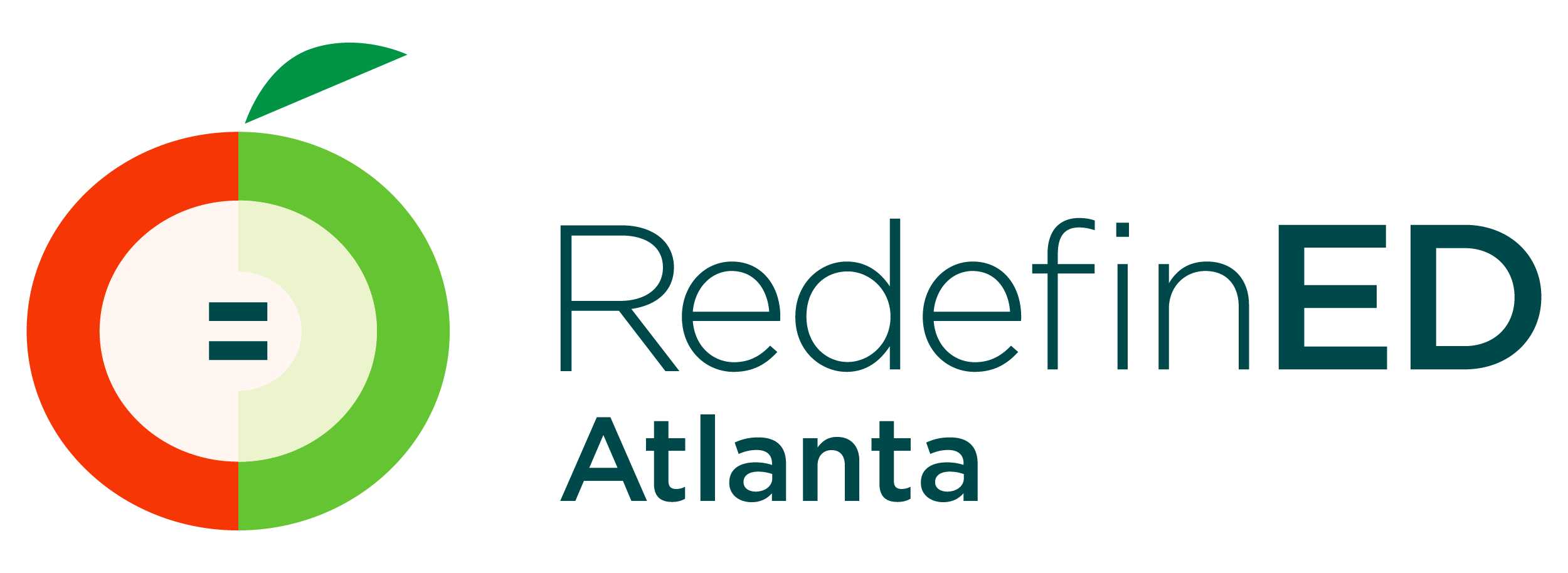We invest in what works, challenge what doesn’t, and keep our collective community’s voice at the center.
Every child deserves access to a high-quality public education—no matter their neighborhood or background. At RedefinED Atlanta, we turn that belief into action by investing in bold ideas, exceptional educators, and community-driven solutions. Our grantmaking is invite-only, ensuring we can be intentional about supporting partners whose work aligns with our mission.
Our work spans schools, policy, and partnerships—building the conditions for lasting change. From supporting the educator experience to launching new schools and investing in lasting policy change to support public schools, we connect the dots between vision and impact.
Our Impact
in direct school grants
$
1
M
in facility loan guarantees
$
1
M
in incubator fellowships
$
0
M
investment in K–12 Metro Atlanta Public Schools
$
10
M
students supported across 23 schools
Nearly
14990
Our Investment Areas
Opportunity & Access
Great teachers and strong school leaders form the foundation of a high-quality K–12 public education. RedefinED Atlanta expands access to excellent schools by equipping local leaders and partners to ensure students furthest from opportunity have a fair shot at success.
Collaborative Ecosystems
A thriving public education system takes unified effort. At RedefinED Atlanta, we foster collaboration across sectors—connecting local expertise with broader resources to drive measurable change and build an education ecosystem rooted in Metro Atlanta’s needs and strengths.
Innovation & Systemic Change
We believe bold ideas and transformative leadership can revolutionize education. We invest in visionary leaders and champion systemic change to ensure every Metro Atlanta student has access to excellent schools and limitless opportunity.
Why This Matters
Great schools change everything. That’s why we invest in what works, challenge what doesn’t, and keep our collective community’s voice at the center. Every dollar, partnership, and policy shift we support is aimed at ensuring every Metro Atlanta student has access to an excellent public education. The result? Stronger schools, stronger systems, and a future where we all win.
